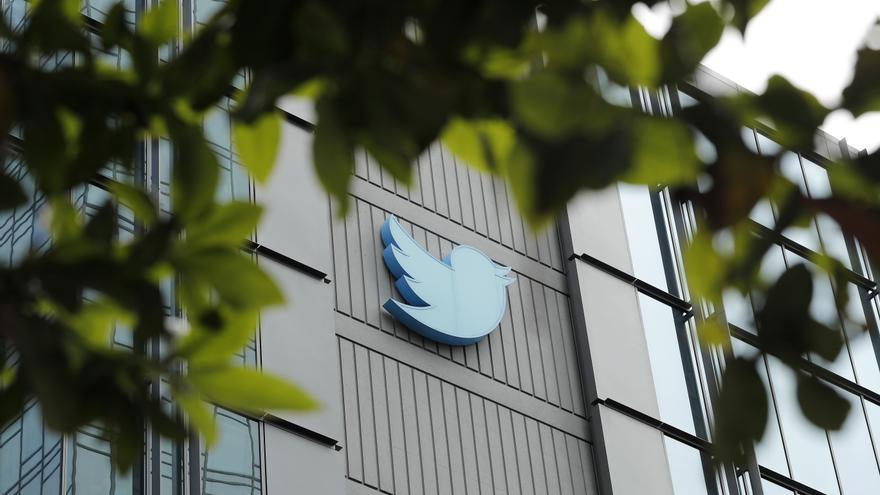
The relationship between Twitternow known as X, and misinformation worries European Unionwhere they have analyzed the main social networks and have determined that the one in the hands of tycoon Elon Musk distributes a greater volume of these publications than rivals such as Facebook or TikTok.
Social networks distribute disinformation, a fact that they try to tackle with different measures, more or less successful, but that do not end up eliminating a problem that Europe understands that “poses a threat to democracy and puts the health, safety and environment of citizens at risk”.
This is reflected in the semi-annual report ‘Code of practical recommendations on Disinformation’, corresponding to September 2023, of the European Commission, which “attests” to the work done by the most popular social networks to combat disinformation. .
Specific, 6,155 unique publications have been analyzed and 4,460 unique Facebook, Instagram, LinkedIn, TikTok, Twitter accounts (now X) and Youtubetaking into account detectability or discovery, the relative and absolute commitment of the publication (the interaction it obtains from users) and the actors who distribute this disinformation.
It has focused on three countries: Poland, Slovakia and Spain. In the first two, Facebook appears as the most popular social network, according to data extracted from Google Trends, followed by YouTube and Instagram. In the case of Spain, YouTube leads among these platforms, with Facebook and instagram as the next in popularity.
However, it is the fourth social network in the popularity ranking, Twitter, that obtains the most worrying data if the results of the three countries are combined: it has the highest detectability ratio of publications with misinformation (0.428), above Facebook (0.313).
The individualized analysis changes the order in the case of Slovakia, where Facebook (0.502) has a higher ratio than Twitter (0.436). In Poland, Twitter is the social network with the highest detectability ratio (0.486), but Instagram (0.308) occupies the second position, slightly ahead of Facebook (0.306). In the case of Spain, Twitter leads this metric (0.367) followed by TikTok (0.266).
Looking at relative engagement, Twitter is once again the platform that tops the metric. According to the report, it shows 1,977 times the average engagement with content that is not disinformation. Although he clarifies that “A more detailed analysis at the country level revealed that this effect is mainly attributable to Twitter’s activities in Spain”.
In this country, the relative engagement ratio amounts to 3.536 (the second, Facebook, remains at 0.833), compared to the ratios in Poland (0.912) and Slovakia (0.824).
Among the rest of the platforms, only YouTube stands out, which exceeds the average, although with a ratio close to it (1.114 out of 1.0). The report points out that publications with disinformation from other platforms show, on average, lower engagement than that found in publications that do not contain disinformation.
The relative commitment, however, “does not reflect the volume of commitment in absolute terms”, which has been examined based on the average absolute engagement per post. Thus, the relative engagement ratio identified on Twitter (1.977) comes from an average bad engagement of 361.7 (with misinformation) over the average good engagement of 183.0 (without disinformation).
These data contrast with the case of TikTok, which obtains a low relative engagement (0.048) derived from an average bad engagement of 7,429.7 and an average good engagement of 155,220.7.
The report also notes that “there is an unequal distribution of engagement among posts, especially among disinformation posts. The five most popular disinformation posts accounted for between one-third and two-thirds of the total engagement of all posts collected with disinformation”.
Thus, regarding the five most popular disinformation publications, Instagram gets 63.6% total engagement, LinkedIn 57.6%, YouTube 54.8%, Facebook 40.7%, TikTok 39.3% and Twitter 31.5%. If expanded to the 20 most popular publications, LinkedIn reaches 97.3%, Instagram 90.4%, YouTube 85.9%, Facebook 77.3%, TikTok 72.3% and Twitter 59. 7%.
Based on all this, they determine that Twitter and Facebook are the social networks with a higher discovery rate, although they show a medium commitment, the result of a high ratio between the content with misinformation and the relative commitment to it, and a more moderate absolute commitment.
The two video platforms, YouTube and TikTok, for their part, have a low discovery rate, but high engagement. While Instagram and LinkedIn show low discovery and low engagement.
Finally, regarding the actors who distribute disinformation, the report states that Twitter and Facebook have the highest ratios, with 8.7 percent and 7.89 percent, respectively. YouTube, on the other hand, shows the lowest ratio, at 0.8 percent.
These actors also tend to share some characteristics, such as tThey tend to follow many users but have few followers on their accounts compared to actors who distribute posts without disinformation. It is also possible that they have recently joined the social network.
In conclusion, the report notes that “platforms with higher discoverability also have higher rates of disinformation actors. Twitter scored the highest in both metrics, and YouTube the lowest.”
It should be remembered that X ceased to be part of the Code of Practice on Disinformation after being acquired by Elon Muskas pointed out by the Vice President of the European Commission responsible for the Rule of Law, Vera Jourova, in a press release.